
There is a process currently under way to make a change, a change that’s really the cold-blooded murder of food safety, food research, and food access masquerading under the fake name of “placing resources closer to stakeholders.”
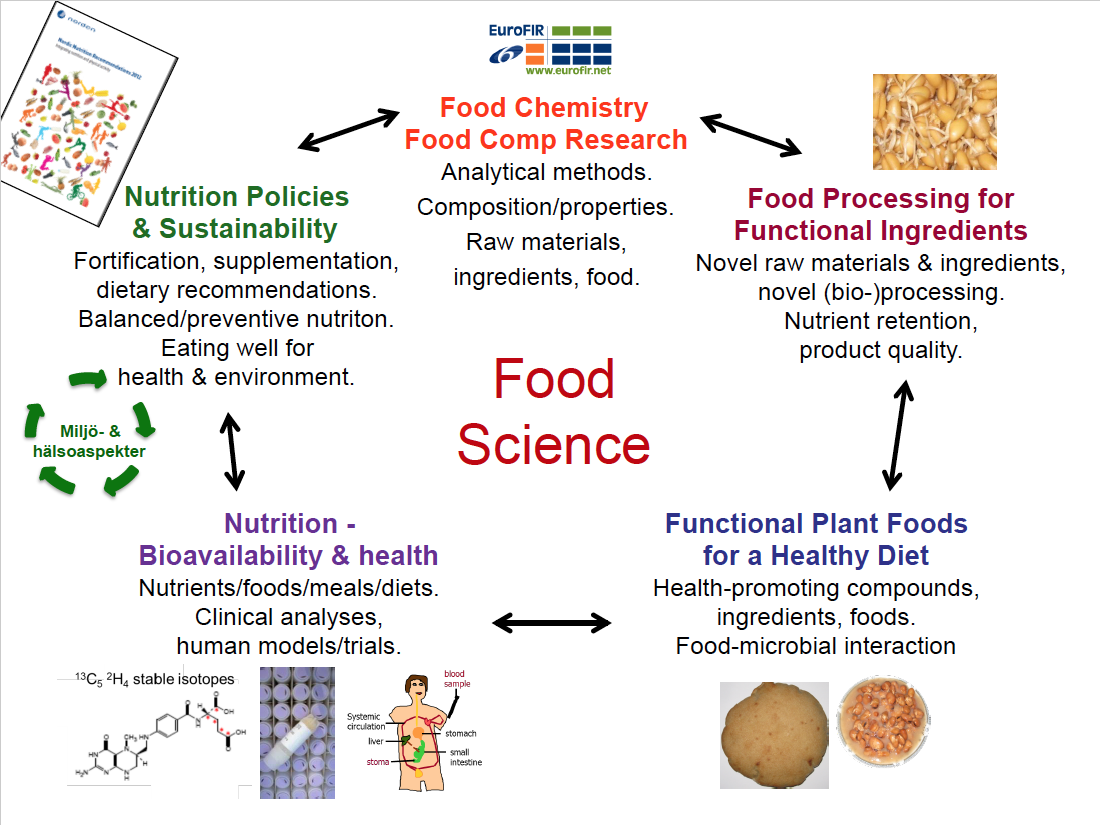
Last August the U.S. Department of Agriculture (USDA) announced it would relocate its Economic Research Service (ERS) and its National Institute of Food and Agriculture (NIFA) from the nation’s capital, Washington D.C. Last week U.S. Secretary of Agriculture Sonny Perdue announced the new location would be Kansas City. The official, but logically questionable, rationale for relocating these crucial elements to food safety are:
- To improve USDA’s ability to attract and retain highly qualified staff with training and interests in agriculture, many of whom come from land-grant universities. USDA has experienced significant turnover in these positions, and it has been difficult to recruit employees to the Washington, D.C. area, particularly given the high cost of living and long commutes.
- To place these important USDA resources closer to many of our stakeholders, most of whom live and work far from the Washington, D.C. area.
- To benefit the American taxpayers. There will be significant savings on employment costs and rent, which will allow more employees to be retained in the long run, even in the face of tightening budgets.
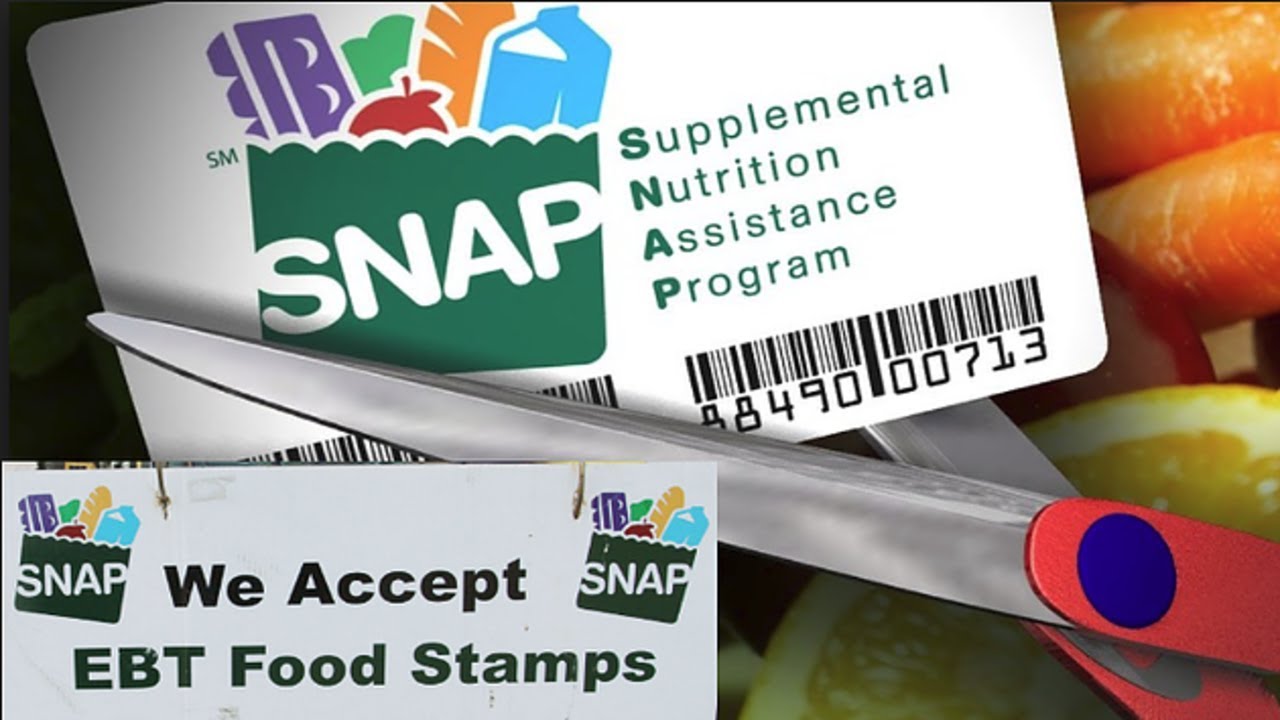
The Trump administrations goal of cutting funds for the SNAP program is one of the hidden true reasons that USDA is moving their research and data headquarters out of Washington D.C., away from policymakers that use the research and data to formulate policy
These logically challenged reasons are classic examples of taking a smidgen of truth and distorting it to a politically desired outcome.
ERS is the data source for policy makers providing information on food prices, food safety, farm forecasts, and climate change. It also collects information that helps inform policy decisions on programs like the Supplemental Nutrition Assistance Program (Food Stamps), Special Supplemental Nutrition Program for Women, Infants, and Children (WIC), and school lunches. NIFA funds university research into food safety, other agriculture related subjects and climate change adaption.
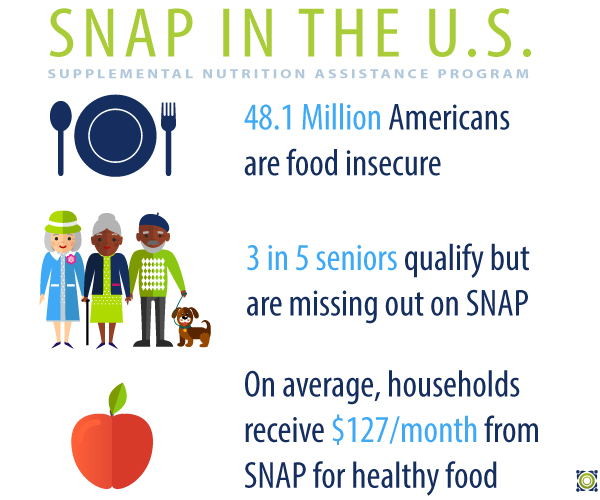
NONE of the food safety research services that ERS and NIFA provide is enhanced by moving to Kansas City, in fact since the end user of their services are policy makers located in WASHINGTON D.C., the move to Kansas City defeats the purpose of why these agencies were created in the 1990s. That purpose is to provide non-biased non-political fact-based data to policy makers. Before ERS launched its food economics division data on food safety and other food research was only available from corporations in the agriculture business. This meant when the USDA wanted to determine whether or not its food safety and assistance programs were working it had to rely on biased data from corporations whose only focus was their bottom line profits.

This is the type of “snap” program President Trump’s USDA wants to create
Separating the facts of food safety research from policy makers appears to be the Trump administrations true reason for the move. Former employees say the USDA’s decision to move the headquarters will do more than sideline food safety and food assistance work: It will bury it. “The relocation decimates the program, and it will take years to rebuild,” says Laurian Unnevehr, a former director of the ERS food economics division, which studies food nutrition programs, food prices, and food safety.
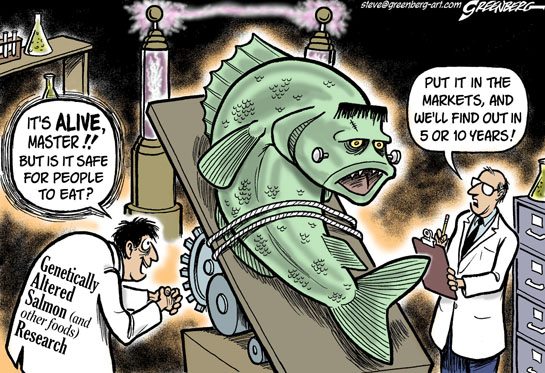
This is market driven food safety research TRUMP STYLE!
For instance, the move will reduce resources for producing annual statistics and make what analysis is still produced easier to ignore. Without the ERS’s research, critics say, the Trump administration will be free to continue attempts to gut food safety and food assistance programs, unchecked and uninformed, with no one to assess the damage. USDA justifies the move by claiming that it will position the agency responsible for this work closer to farmers, but as Susan Offutt, a former ERS administrator and former chief economist of the U.S. Government Accountability Office says,
“The department clearly believes that farmers are the main customers for ERS work, and that’s not right, it dismisses all the other people in the country who look to ERS for research that’s not directly on farmers and farm welfare, and that includes food assistance.” Rebecca Boehm, a food and environment economist with the non-profit Union of Concerned Scientists, says that “Without that information, we’re flying blind and don’t know where we should be aiming policies to remedy food insecurity issues.”
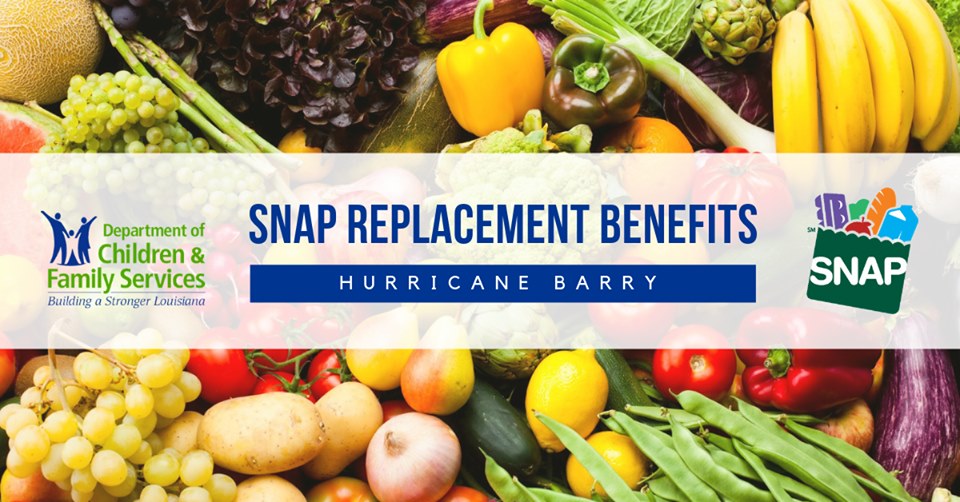
One SNAP program change that ERS research made possible was allowing SNAP recipients to replace food lost due to natural disasters like hurricanes with SNAP replacement benefit funds
Boehm thinks the relocation is a stealth effort to suppress findings that don’t align with the Trump administration’s goal to reduce spending on public benefit programs. ERS researchers have found that food assistance programs are highly effective and have low levels of fraud, contrary to Republican lawmakers’ recent claims. ERS has also produced data that shows President Trump’s signature legislative achievement, the Tax Cuts, and Job Act, would largely benefit the country’s wealthiest farmers.
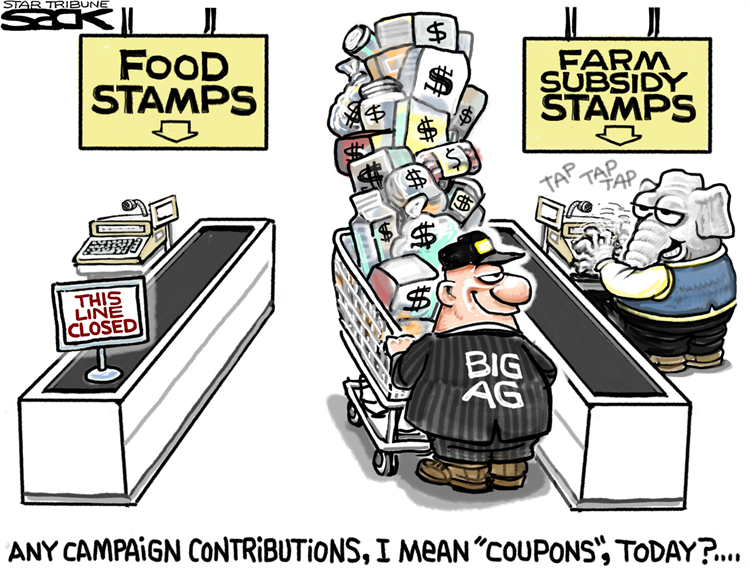
President Trump wants to cut food stamp funds but increase subsidies to corporations that own farms
According to Boehm, “When the research is showing these programs are effective, they have low levels of fraud, they help low-income people and children, that’s in direct conflict to what Trump wants to achieve politically, which is to reduce those programs, I do see a tension there. An easy way to remove potential impediments from these findings is to push out scientists, and move them away from Washington so they’re out of earshot of policymakers.” As part of their research process, ERS researchers interact with the 12 other federal statistical agencies, which collect data about health, transportation, labor, and more. “There’s so much collaboration that happens in Washington,” Boehm says. “Moving them out of Washington will make it much more difficult for that information to filter into the policy process. And we know if we don’t have data, science, or an evidence base to generate policy, we’re really just operating on politics.”

This could be the real life consequence to President Trump’s decimation of food safety researchers at the USDA
But separating food safety research from policy makers is only part of the Trump administration’s fake plan. The other part is to decimate the food safety research process through attrition. So far 80 percent of the 300 plus employees of the ERS have said they will quit rather than move to Kansas City. This will disrupt entire fields of study, ranging from honeybee pollination patterns to how crop prices fluctuate with changes in consumer demand. Their positions will take years to fill, if the Trump USDA recruits new hires at all, and based on Republican politics they most likely will not fill the vacant research positions.
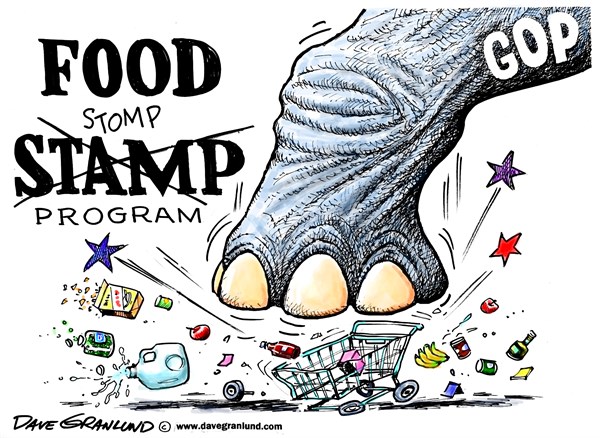
President Trump has explained he would stomp out the food stamp program by stop giving funds to people to buy food, with instead giving people boxes of food
The research vacancies the move creates prove the fakeness of the other rationale for the move, cost savings. UDSA claims because of the high cost of maintaining the agencies in Washington the move will save $300 million over 15 years, but an analysis by the Agricultural and Applied Economics Association, that took in consideration both the cost of maintaining the agencies in Washington and the value of research and data lost through resignations and retirements, found the move would cost taxpayers between $83 million and $182 million.
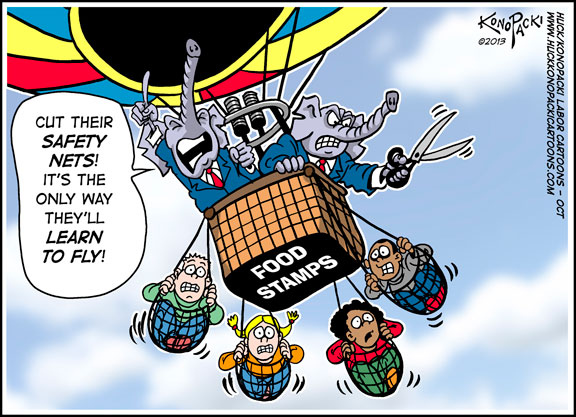
Putting distance between fact-based research and policy makers, allows the Trump administration to substitute compassion for those in need with the political will of those in power
The Trump administration is committing the murder of food safety research under the fake guise of cost savings and placing resources closer to where they are needed. The truth of the matter is the Trump administration is playing the old Republican politics of deregulation and defunding government at the expense of America’s food safety!!!


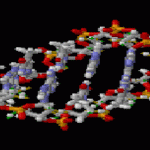

Leave a Reply